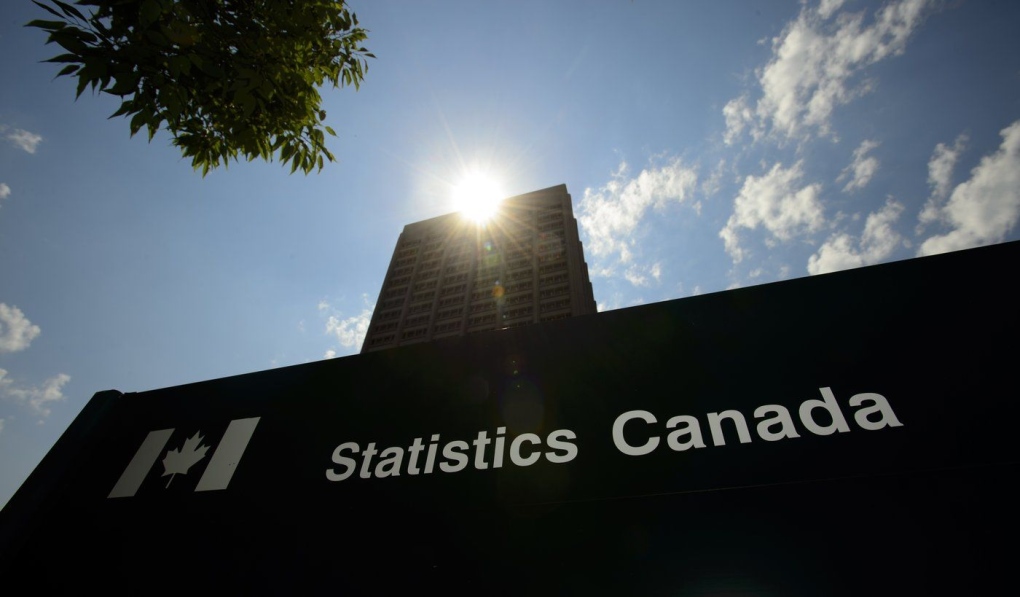Canada’s annual inflation rate decreased to 2.7% in June, primarily due to a slowdown in the year-over-year increase of gasoline prices, according to Statistics Canada.
On Tuesday, the agency reported a 0.4% rise in gasoline prices in June, following a significant 5.6% increase in May. Excluding gasoline, the consumer price index rose by 2.8% in June, slightly lower than May’s annual inflation rate of 2.9%.
StatCan also attributed the overall slowdown in June to lower prices for durable goods, which fell 1.8% year-over-year, following a 0.8% decline in May.
Conversely, grocery prices rose 2.1% year-over-year in June, an increase from the 1.5% rise in May. This marked the second consecutive month of accelerated growth in grocery prices. Specifically, fresh vegetables saw a 3.8% gain, dairy product prices grew by 2%, preserved fruit and fruit preparations increased by 9.5%, and non-alcoholic beverage costs rose by 5.6%. However, fresh fruit prices helped offset the overall increase in grocery prices, dropping 5.2% in June compared to a 2.8% decrease in May.
The June inflation data is the last report before the Bank of Canada’s upcoming interest rate decision on July 24. The central bank, aiming for an annual inflation rate of 2%, recently cut its benchmark interest rate by a quarter of a percentage point to 4.75%.
CIBC senior economist Katherine Judge stated that the June inflation data “provided the Bank of Canada with the necessary evidence to cut interest rates at next week’s meeting.” She noted that core inflation, which omits volatile food and energy prices, rose 0.2% on a seasonally adjusted basis, down from the previous month’s 0.3% gain. Judge concluded, “This indicates that the previous month’s unexpected inflation increase was merely a temporary fluctuation in a broader trend of disinflation, as demand in the economy remains under pressure.










